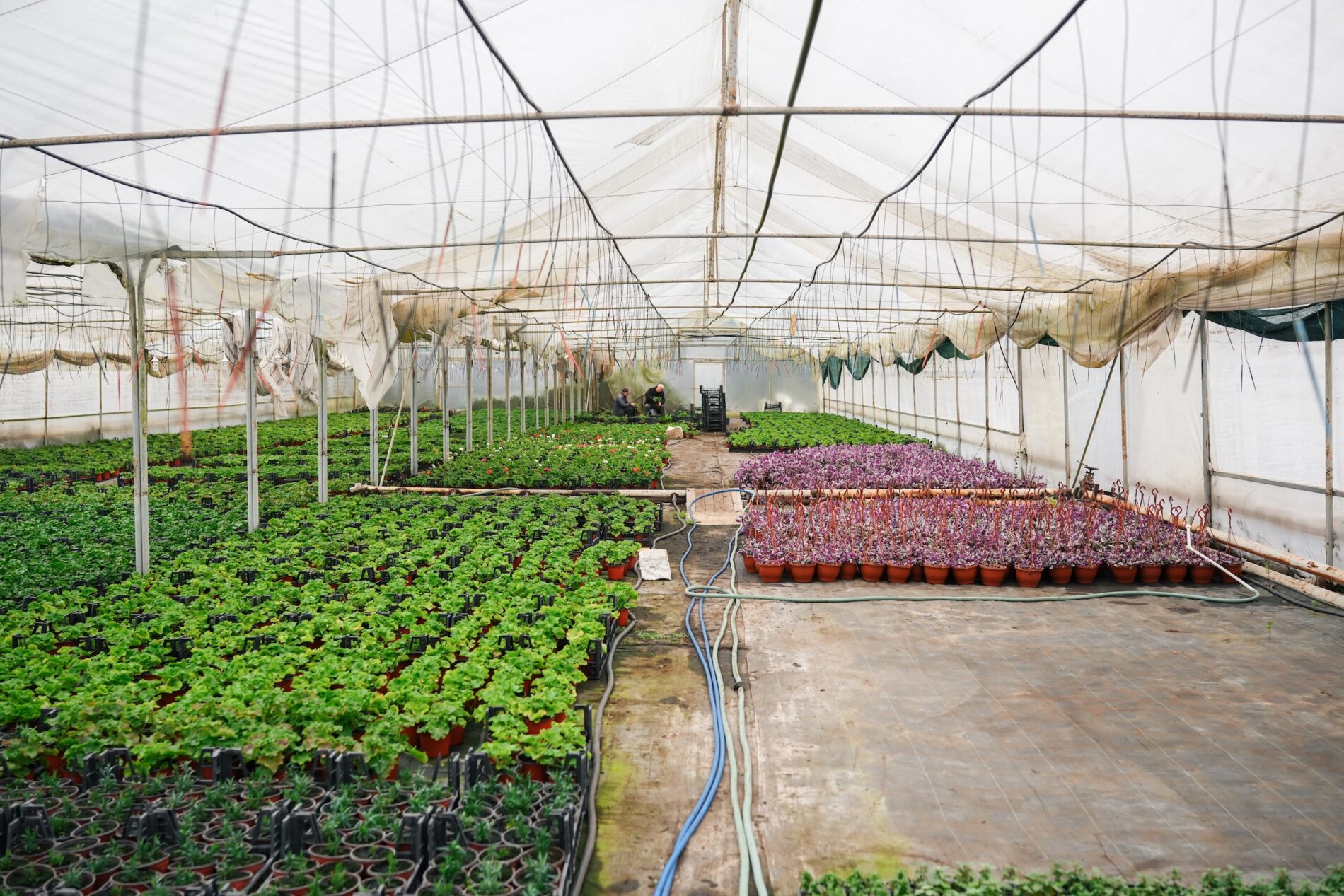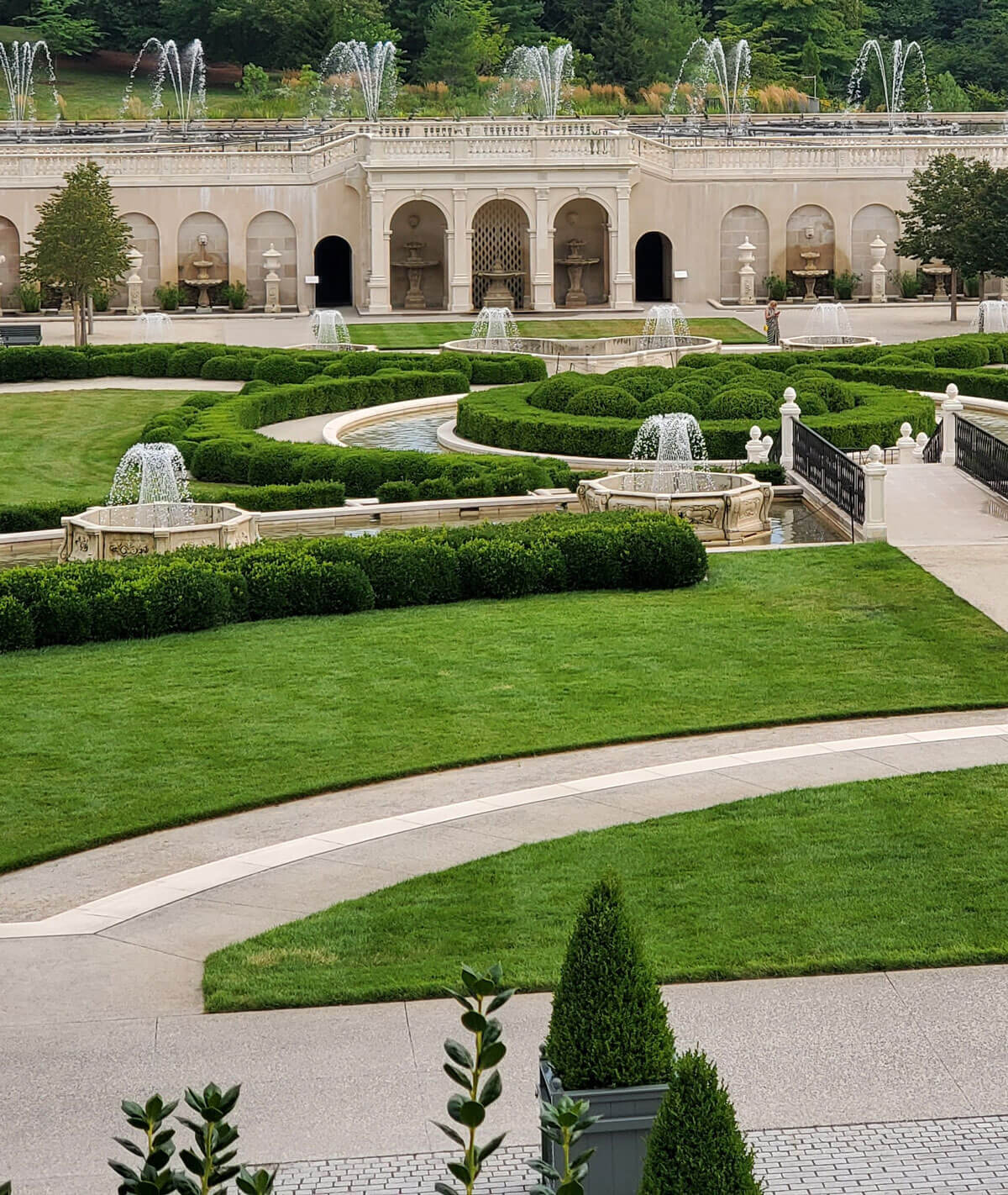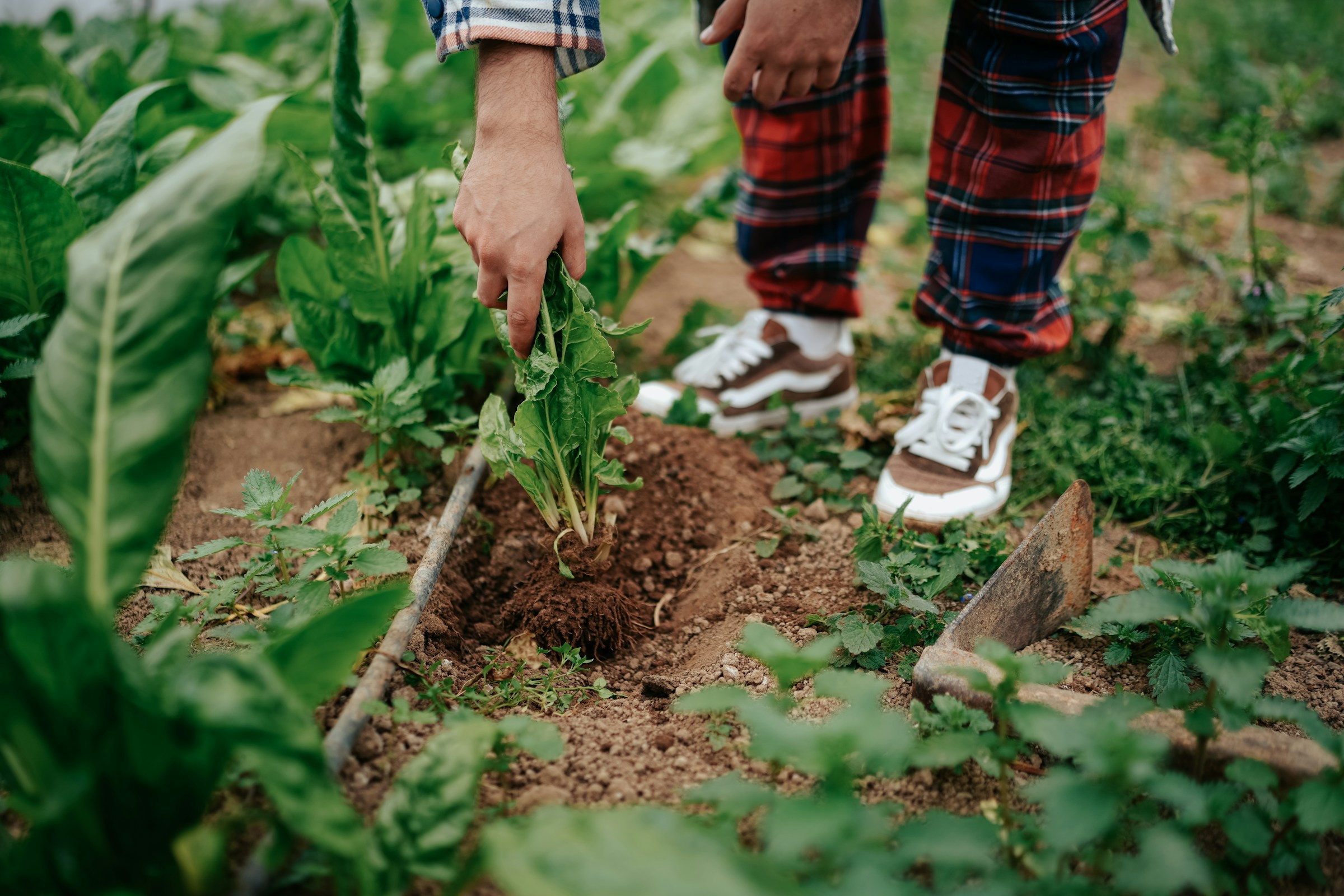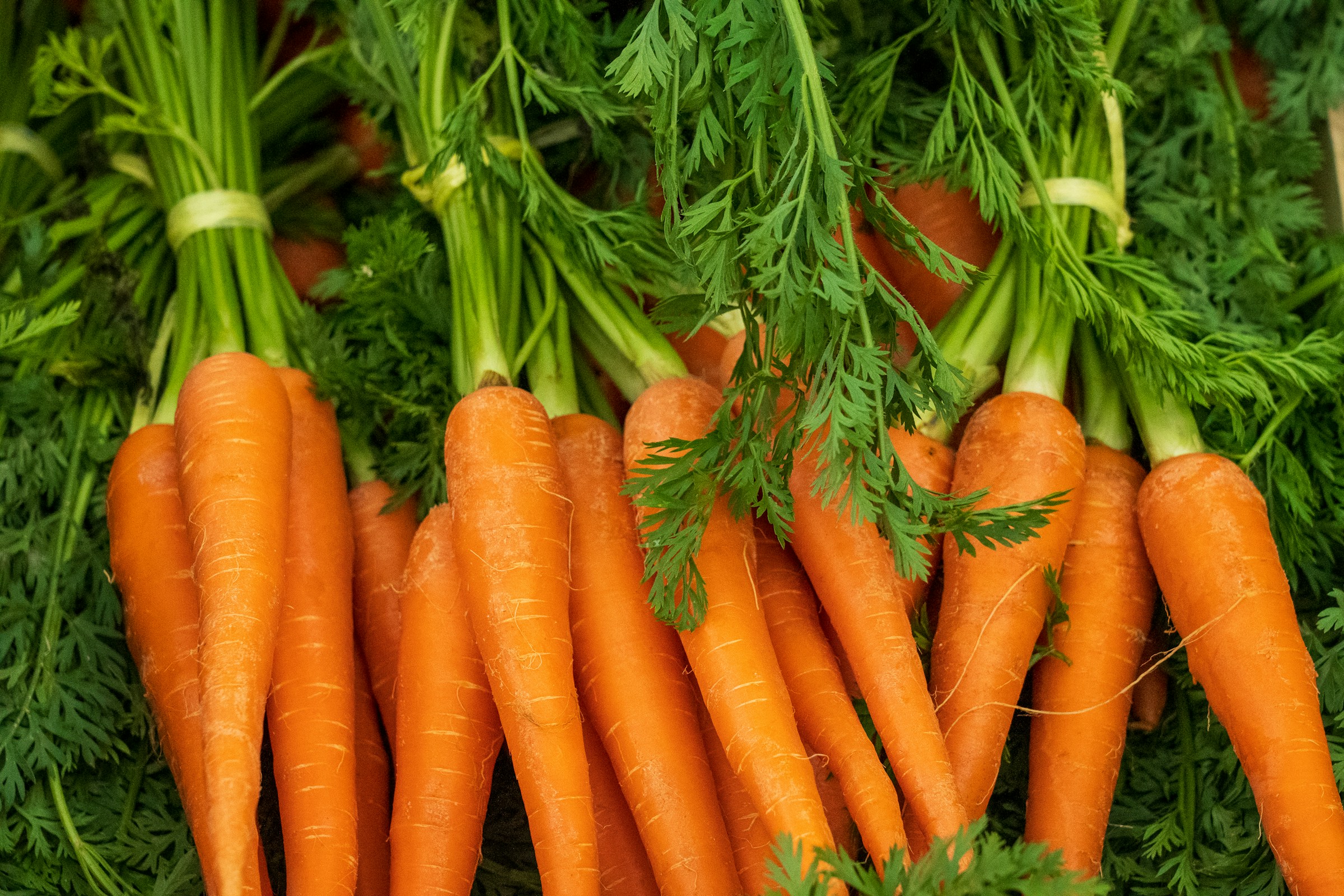Fertigation. Sounds like some fancy new medical procedure or the latest diet fad, doesn't it? But in reality, fertigation is a simple agricultural technique that has the potential to revolutionize farming as we know it.
In this article, I'll walk you through what is fertigation, why it matters, and how it can take your crops from drab to fab. Get ready to get down and dirty with the details of this game-changing innovation. Who knows, you might walk away inspired to fertilize your life.

What is Fertigation: The Need-to-Know Nitty Gritty
So, what exactly is fertigation?
Let's break it down: Fertilizer + Irrigation = Fertigation
It's literally that simple. Fertigation is just a portmanteau combining the words fertilizer and irrigation. The concept is straightforward - fertilizers are added to irrigation water, which is then applied to crops.
It provides nutrients directly to the roots as the plants are watered. It's like killing two birds with one stone, or in this case, watering and feeding plants simultaneously.
Now, you may be thinking, "That's it? What's the big deal?"
Well, hold your horses because this seemingly simple technique has some major advantages over traditional fertilization methods:
- Increased efficiency: Nutrients are absorbed more efficiently when delivered directly to the roots along with water. Less fertilizer is wasted compared to broadcasting.
- Greater control: The rate and frequency of fertilizer application can be precisely managed to match crop needs. Over and under-fertilization is avoided.
- Improved growth: Plants receive a consistent supply of nutrients and water. This combo deal enhances overall plant health and crop yields.
- Environmental benefits: Fertilizer runoff and leaching into groundwater are minimized. It reduces pollution and protects ecosystems.
So, in a nutshell, fertigation allows farmers to feed their crops while quenching their thirst - all in one go. And who wouldn't want that kind of convenience in their lives?
But, the benefits extend far beyond simplicity and efficiency for farmers. Keep reading to understand the full impact of this unsung agricultural hero.
Why Fertigation Matters - Beyond the Hype
At this point, the fertigation fanfare probably intrigues you, if not enthused. But why should the average Joe really care whether farmers are pumping fertilizer through irrigation systems?
Here are three reasons fertigation matters on a global scale:
Improving Food Security
With the world population expected to reach 9.8 billion by 2050, food security is more crucial than ever. Fertigation enables higher crop yields on existing farmland, helping boost global food production without expanding agricultural land use. This technology could be a game changer in the fight against world hunger.
Conserving Resources
Fertigation requires less water, fertilizer, and energy compared to conventional irrigation and fertilization methods. By using resources more efficiently, fertigation reduces waste, runoff, and environmental contamination. It helps conserve precious resources and protects ecosystems.
Supporting Sustainable Agriculture
The targeted nutrient delivery and reduced losses of fertigation make it a more sustainable farming strategy. Minimizing environmental impacts while maintaining productivity is crucial for the future of agriculture. Widespread adoption of fertigation could be a big step towards more sustainable food production.
So, while it may not be a silver bullet, fertigation has the potential to help address some major world issues like food security, resource conservation, and sustainable agriculture. That's something we should all care about, farmer or not.
Fertigation in Action: Real-World Examples
By now, I hope I've convinced you that fertigation isn't just some wacky new fad - it's an agricultural innovation with some seriously game-changing potential. But you may still be wondering what exactly fertigation looks like in practice. Let me give you a taste:
Greenhouse Tomato Production:
In greenhouse tomato production, a fertigation system allows precise delivery of water and customized nutrient mixes straight to the plant's roots. This hydroponic-style approach can increase tomato yields by 25% or more.
Orchard Fertigation
Fertigation is used in fruit orchards to provide trees with irrigation and nutrients. Micro-sprinklers deliver small, frequent doses of water and fertilizer. It can improve fruit quality and prevent leaching of chemicals into groundwater.
Fertigation in Developing Countries
In regions like sub-Saharan Africa, simple and affordable fertigation systems are being promoted to enhance food security. Low-cost fertigation with basic buckets or tanks provides much-needed plant nutrients and boosts crop yields for smallholder farmers.
As you can see, fertigation systems can take many forms - from state-of-the-art greenhouse operations to simple bucket methods. The key is finding the right approach for each unique situation.
Frequently Asked Questions:
Is fertigation used on all crop acres?
Currently, fertigation is only used on a fraction of global agricultural land. But the adoption rate is rising steadily as the benefits become more widely known. For example, fertigation is now used on over 50% of vegetable acres in the U.S.
What's the future outlook for fertigation?
The future is bright! Fertigation is expected to continue gaining popularity worldwide. Driving factors include water scarcity, need for higher yields, and push for sustainable agriculture. Precision systems and automation will also advance fertigation.
Any downsides to fertigation?
Costs, technical requirements, and risks of equipment failure/clogging can be cons. Fertigation is also not feasible for some rainfed crops. And over-application of nutrients is possible if not managed correctly. But with proper design and management, fertigation is a clear win.
The Bottom Line:
Fertigation may not be a household name yet, but this humble agricultural technique has major potential to transform farming and food production worldwide. By combining the power of irrigation and fertilization, fertigation offers a more efficient, targeted way to nourish crops while conserving precious resources. With benefits for farmers, consumers, and the planet alike, fertigation deserves its time in the spotlight.
While not a cure-all, this innovative approach can play an important role in sustainably nourishing the world's growing population. The future is bright for fertigation, and we will all reap the rewards of its widespread adoption. Sustainable agriculture for the win!




